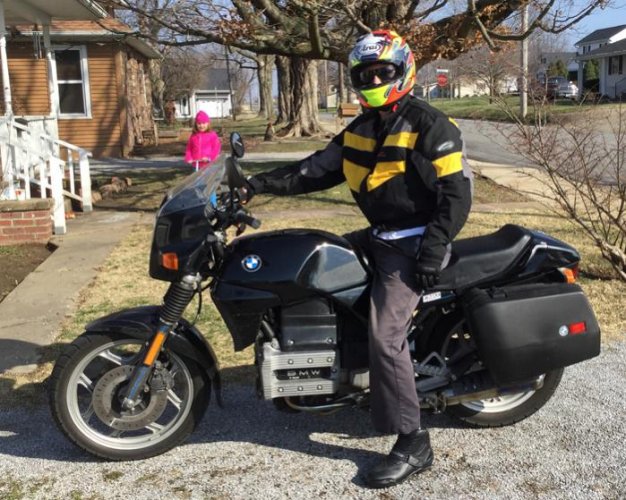rall275
New member
I have a 1988 K75C with relatively low miles. Bought it last summer, changed all fluids, new plugs. I've been riding it and my mileage last check was 34.5 mpg.
Rides well. When warm outside, takes multiple attempts to fire off.
What do you think's causing the low mileage? Does it need a valve adjustment? Fuel injector synching?
Thanks guys!
Keith
Rides well. When warm outside, takes multiple attempts to fire off.
What do you think's causing the low mileage? Does it need a valve adjustment? Fuel injector synching?
Thanks guys!
Keith




